

| Circe
| Tuesday, December 22, 2009 I continued work on the short list of projects on my "pre-canvas" list that I needed to complete by early January. First on the agenda for the day was the new mid-hatch frame which, along with the forward hatch frame, I wanted in place before deck painting commenced. I removed the frame from the gluing clamps, sanded off the excess corner block material, and then mocked the frame up on the deck between the mast step and doghouse. After checking clearances below, I determined the appropriate position for the hatch and frame, made some reference marks on the deck, and then scribed the forward and after sides of the frame to match the deck camber. I cut the opening in the deck to match the inside of the frame. |
|
|
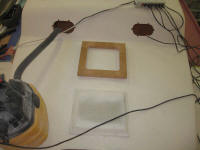
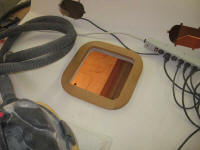
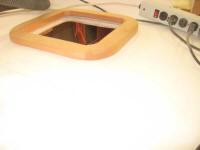 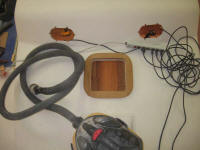 |
|
I picked up where I left off on the engine box. First on the work list was to cut and install some support cleats on the inside of the starboard panel, which cleats would support the angled front panel and the top panel. I needed to conceive and build some means of support for the starboard panel. I'd designed the panel to extend past the starboard aft bulkhead, and to secure it there I cut and installed, with glue and screws, a hardwood cleat aft of the bulkhead. I also cut and installed a larger cleat on the inside face of the settee front--the area inside the engine room--to align and support the bottom of the starboard engine room box. With the cleats installed, I secured two pair of stainless steel threaded inserts, one set on each of the new cleats. These inserts would accept fasteners through the panel, allowing the panel to be well-secured, but also easily removed for engine maintenance. For the moment, I used normal machine screws to hold the panel, but ordered some knurled thumbscrews to allow future access without the need for tools. |
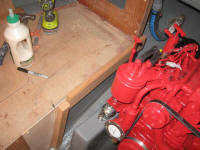
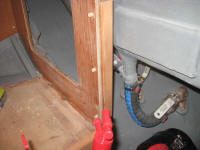 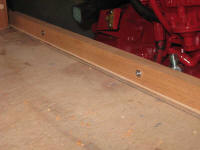
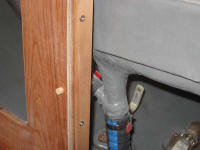 |
|
Similarly, I installed four threaded inserts in the cleats supporting the angled front panel, which would secure that piece in place. With the basics in place, I installed two additional support cleats for the top of the engine box--one on the port side, and one across the aft edge--and cut and fit a section of plywood for the top, which I'd later cover with Formica to match the adjacent galley. Except for various trim, the engine box was essentially complete for now. |
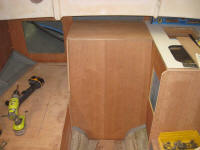
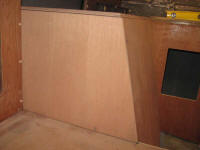 |
|
One reason to complete the engine box now was so I could build the fiddles for the settees, which would be needed for the canvas contractor to template the interior cushions. The starboard fiddle would butt against the front of the engine box, so I'd needed to complete the engine box first. Before working on the fiddles, however, I needed to conceive and build one additional interior feature: a removable insert to span the gap between the port and starboard settees at the forward end, creating an athwartships double berth over four feet wide that, along with the remaining length (6') of the starboard settee, would allow three people to sleep in relative comfort. Because of the length of the filler piece required (48"), I decided to build it in two sections for ease of storage and setup. This was simple enough: two pieces of plywood, each 24" long and cut to fit the width between the settees. To support the plywood when in use, I milled two solid cherry cleats, each just over 48" long, which I temporarily installed on the settee fronts at the forward end, set just low enough so that the plywood panels were flush with the settee tops when installed. |
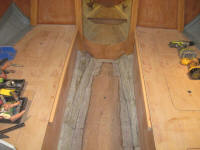
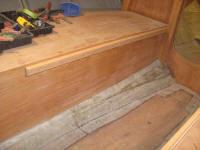
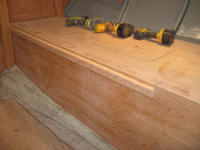 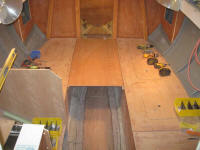 |
|
Having determined the location of the support cleats, I made some reference marks on the settees for the remaining fiddles, which I'd construct tomorrow, and removed the support cleats for sanding and pre-finishing and to allow easier construction of the remaining fiddles. I wrapped up the day's efforts with another coat of varnish on the coamings (4 on the first side), forward hatch frame (3), mid hatch frame (a second coat, as the first coat from early in the day had dried), and companionway runners (5). |
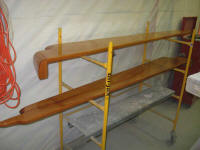
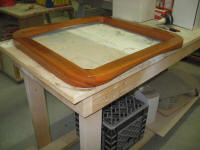
 |
|